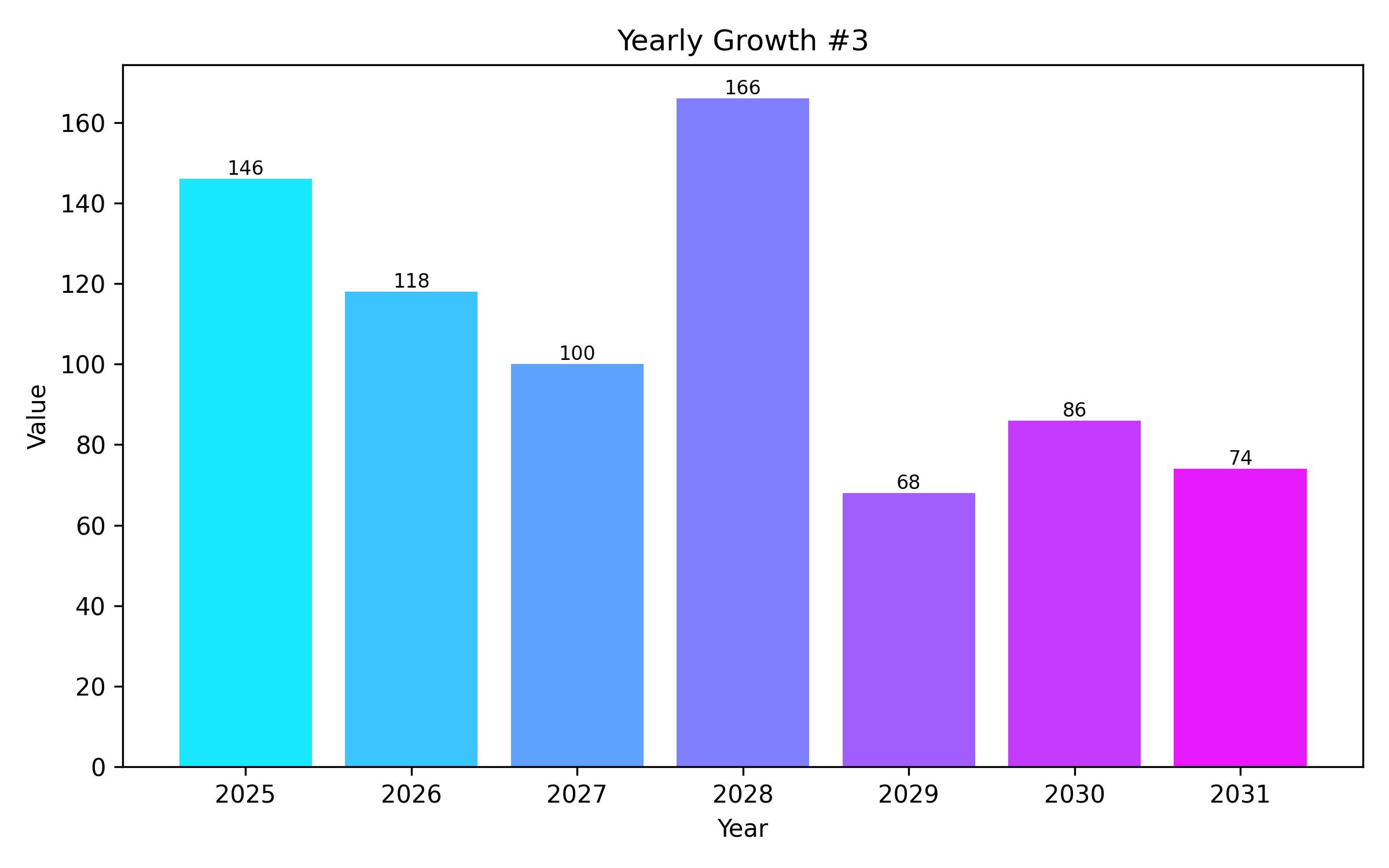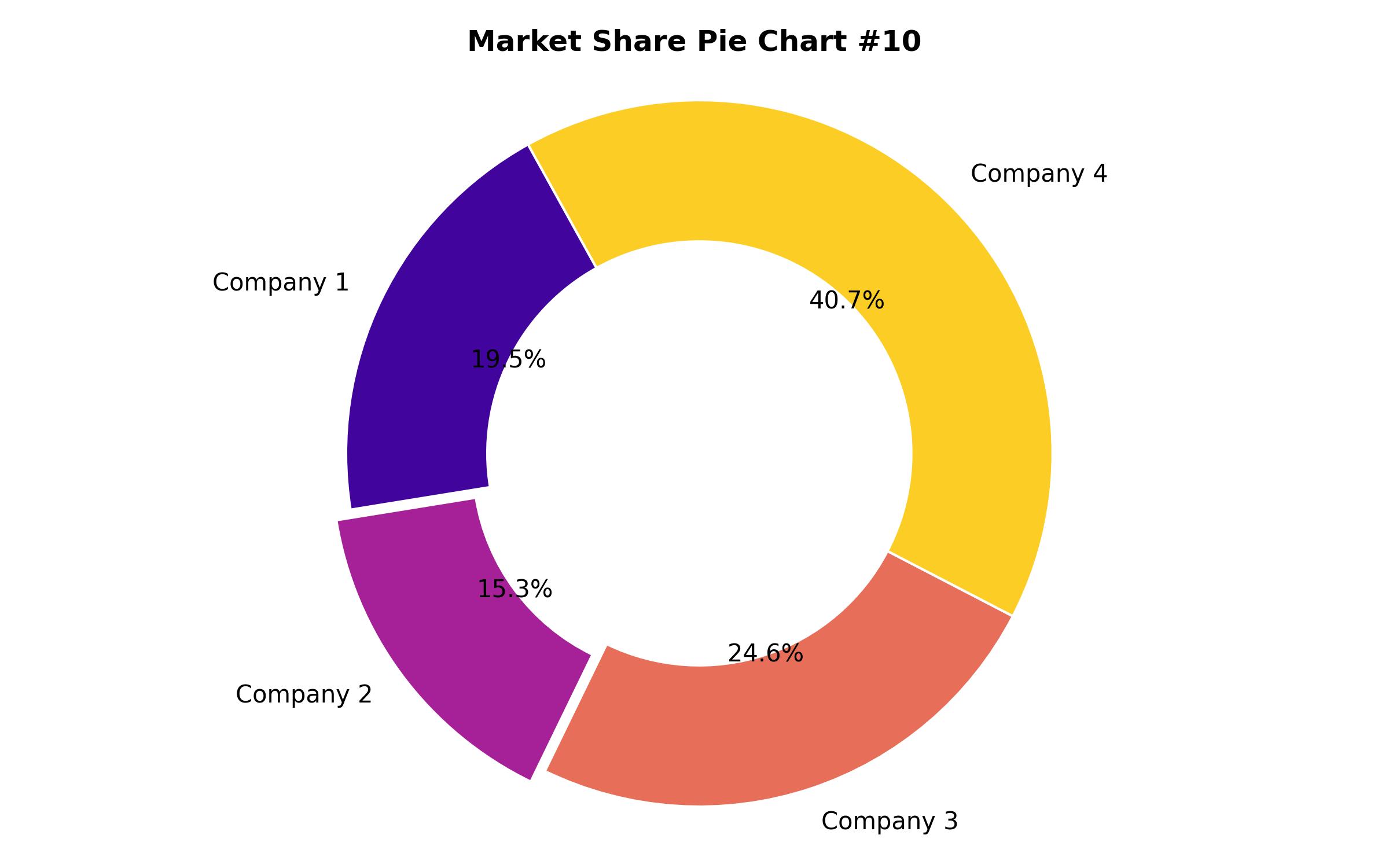Assessment of the Korea Pectin Market: Examining Product Types, Applications, and Regional Dynamics Through 2035
Overview:
The pectin market in Korea is poised for significant expansion, projected to reach a valuation of USD 5.4 million in 2025. Industry forecasts indicate a steady growth with a compound annual growth rate of 2.8% from 2025 to 2035, targeting a market value of USD 7.2 million by the end of the period. This market trajectory is influenced by numerous factors, including shifts in consumer preferences, increasing consumer awareness regarding healthier food choices, and advancements in food processing technologies. A rising tide of health consciousness among consumers is leading to greater demand for natural ingredients derived from plants.
Pectin, being a natural polysaccharide sourced from fruits, is increasingly seen as a preferred, sustainable substitute for artificial additives. This aligns with the global clean-label movement, which advocates for transparency in ingredients and minimizing synthetic components in food. Consequently, there is a noticeable increase in the utilization of pectin by food manufacturers across various categories like jams, beverages, and confectionery items.
Beyond the general health and wellness trends, the food processing sector in Korea is undergoing dynamic transformations. Pectin’s inherent capabilities to enhance the texture, ensure stability, and extend the shelf life of food products positions it as a highly sought-after ingredient for manufacturers catering to a wide array of product applications.
The rise of urban living and busier lifestyles has spurred demand for convenient options such as ready-to-eat and processed foods. This trend further accentuates the need for pectin due to its functional role in maintaining and improving the quality of these convenience products. The expansion of Korea’s food and beverage industry, especially in the packaged sector, is a significant driver for pectin demand, valuing its natural gelling properties.
Furthermore, the increasing adoption of vegan and vegetarian diets in Korea also supports the growth of the pectin market. Pectin serves as a widely accepted plant-based alternative to gelatin, which is traditionally sourced from animals. This dietary shift toward plant-based ingredients contributes positively to the market’s futuregrowth. The interplay of these diverse factors, including advancements in production techniques and the rising popularity of organic and functional foods, collectively contribute to a promising outlook for the Korean pectin market through the forecast period.
The end-use landscape within the Korean pectin market is shaped by evolving consumer palates and technological progress. The food and beverage industry represents the primary consumer, driven by a preference for clean-label products with natural origins. As health consciousness rises, so does the demand for plant-based, organic, and functional food components.
Pectin’s efficacy as a gelling agent in fruit-based products like jams and fillings aligns perfectly with the growing consumer desire for healthier options free from artificial preservatives. Additionally, with the increasing demand for sugar-free, calorie-reduced, and convenient food formulations, pectin plays a crucial role in providing desirable texture and extending shelf life without relying heavily on sugar or synthetic additives, particularly in packaged and ready-to-eat items.
The pharmaceutical sector is another significant contributor to the market’s expansion. Pectin’s natural composition and biocompatibility make it a suitable choice for drug delivery systems, especially in formulating controlled-release capsules and oral suspensions.Heightened interest in preventive healthcare is encouraging consumers to opt for pectin-based dietary supplements aimed at promoting digestive wellness, managing cholesterol levels, and supporting overall health. This growing inclination towards natural, plant-derived health solutions underscores pectin’s increasing importance as an ingredient in functional foods and nutraceuticals.
The purchasing criteria for vary significantly across different end-use segments, with each sector prioritizing factors that align with its specific requirements. In the food and beverage industry, paramount importance is placed on the purity and quality of the ingredient, given its direct influence on the texture and gelling characteristics of food items. Manufacturers in this space frequently seek clean-label certifications, organic status, or non-GMO verification to satisfy consumer expectations for natural ingredients. Cost-effectiveness is also a vital consideration, as the price of raw materials directly impacts overall production expenses.
For the pharmaceutical industry, the emphasis shifts strongly to safety, quality assurance, and regulatory compliance. When incorporated into pharmaceutical applications, must adhere to rigorous quality control standards and undergo extensive safety evaluations. Furthermore, ease of formulation and the stability of the drug preparation are critical considerations for manufacturers. Certifications and regulatory approvals, especially those relevant to health products, are fundamental factors influencing purchasing decisions for pharmaceutical-grade.

| Report Attribute | Details |
|---|---|
| Market Size in 2025 | USD 5.4 million |
| Revenue Forecast for 2035 | USD 7.2 million |
| Growth Rate (CAGR) | 2.8% from 2025 to 2035 |
| Base Year for Estimation | 2024 |
| Historical Data | 2019 – 2023 |
| Forecast Period | 2025 – 2035 |
| Quantitative Units | Revenue in USD million and CAGR from 2025 to 2035 |
| Report Coverage | Revenue forecast, company market share, competitive landscape, growth factors, and trends |
| Covered Segments | Product type and application |
| Regional Scope | Korea |
| Country Scope | Korea |
| Key Companies Analyzed | CP Kelco, Cargill Incorporated, Ingredion Incorporated, Herbstreith & Fox KG, Pomona’s Universal, Lucid Colloids Ltd., Arshine, Koninklijke DSM N.V., Naturex, DowDupont, Silvateam S.p.A., Jinfeng |
| Customization Options | Free report customization (up to 8 analysts working days) with purchase. Changes to country, regional, and segment scope |
| Pricing and Purchase Options | Customizable purchase options for tailored research needs |

Report Coverage & Deliverables
- Market Trends And Dynamics
- Competitve Benchmarking
- Historical data and forecasts
- Value/Volume analysis
- Company revenue shares and key strategies
- Regional opportunities
This is an indicative segmentation. Please request a sample report to see detail segmentation of this market.
Detailed Market Segmentation
- By Product Type
- High Methoxyl Pectin
- Low Methoxyl Pectin
- By Application
- Jams and Jellies
- Beverages
- Confectionery
- Dairy Products
- Bakery Fillings
- Pharmaceutical Applications
- Cosmetics
- Other Applications
Table of Content
- Executive Summary
- Market Overview
- Key Market Trends
- Key Success Factors
- Pricing Analysis
- Market Analysis 2020 to 2024 and Forecast, 2025 to 2035
- Historical Market Analysis 2020 to 2024
- Market Forecast Analysis 2025 to 2035
- Market Background
- Risk Assessment
- Market Analysis 2020 to 2024 and Forecast 2025 to 2035, By Product Type
- High Methoxyl Pectin
- Low Methoxyl Pectin
- Market Analysis 2020 to 2024 and Forecast 2025 to 2035, By Application
- Jams and Jellies
- Beverages
- Confectionery
- Dairy Products
- Bakery Fillings
- Pharmaceutical Applications
- Cosmetics
- Other Applications
- Korea Market Analysis 2020 to 2024 and Forecast 2025 to 2035
- Market Structure Analysis
- Competitive Landscape Analysis
- CP Kelco
- Cargill Incorporated
- Ingredion Incorporated
- Herbstreith & Fox KG
- Pomona’s Universal
- Lucid Colloids Ltd.
- Arshine
- Koninklijke DSM N.V.
- Naturex
- DowDupont
- Silvateam S.p.A.
- Jinfeng
- Key Company Offerings and Activities
- Strategic Outlook
- Industry Player Profiles
- Assumptions and Acronyms Used
- Research Methodology
- Frequently Asked Questions
